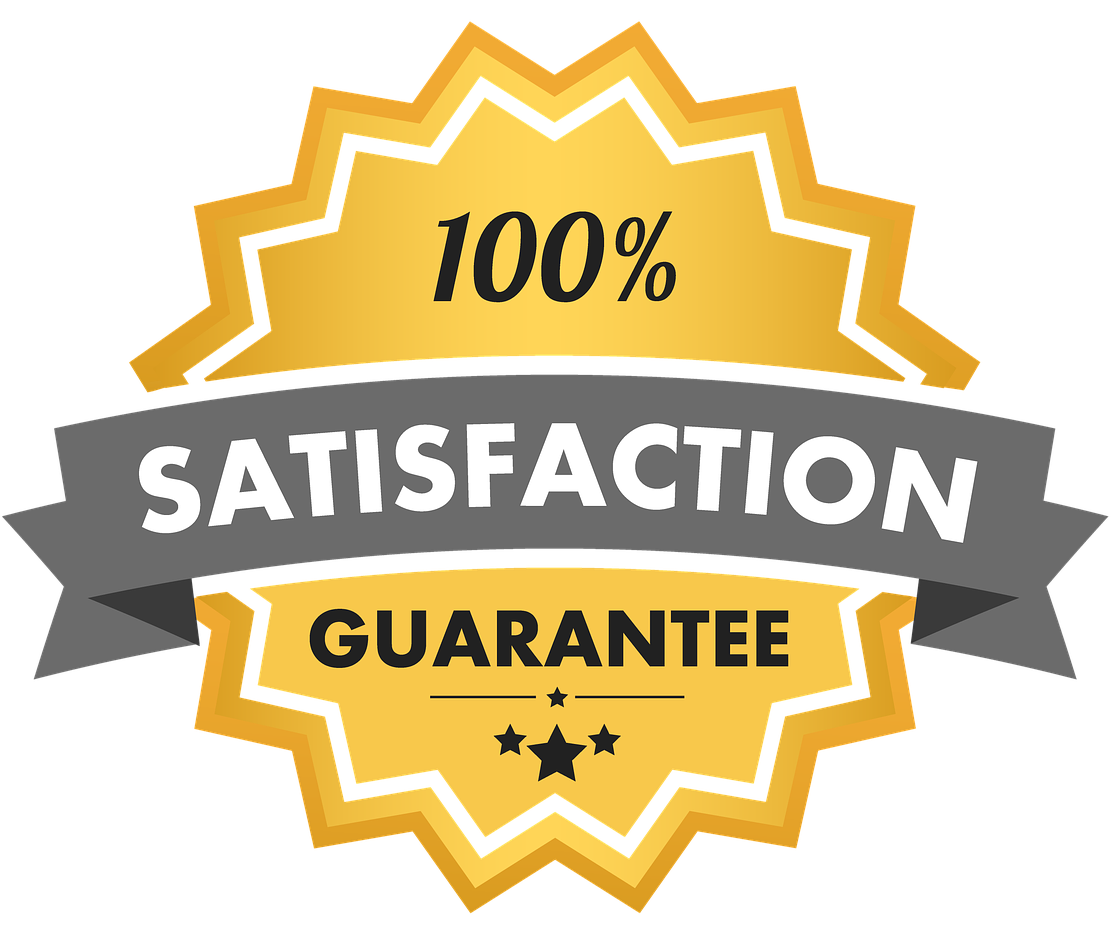Oracle Related Exams
1z0-435 Exam







Which two statements accurately describe how Oracle Web Services Manager works? (Choose two.)
Which three options are human task patterns that cause the token to wait in the calling process until the human task is completed? (Choose three.)
Which two statements accurately describe managing users and roles for a BPM Suite application? (Choose two.)